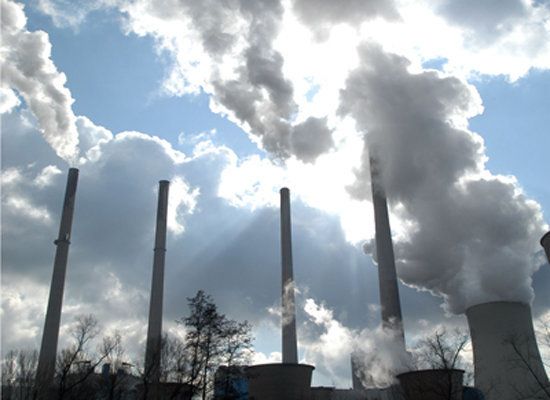
Mariana Chew-Sánchez has been the target of a toxic bombardment that has lasted much of her life.
When she was very young, from Ciudad Juárez, Mexico she could see, with bitterness and impotence, the cloud of yellowish black smoke that day and night would travel from the stack of the ASARCO lead smelter in El Paso, Texas, to the lungs of her entire community.
"I will never forget the stench, the smoke, the metallic taste in my mouth," remembers Mariana. "My eyes suffered tremendously. They were always irritated."
Mariana, like hundreds of thousands of her neighbors, is still suffering from this bombardment, which she believes triggered a gastro-intestinal condition that has already taken her to the operating room eight times.
But the scars are also armor for this Sierra Club environmental justice organizer in Texas. And in the battle to permanently shut down the ASARCO smelter, few have matched her heroism, her faith and her courage.
"For me, ASARCO has been a permanent reality -- alive, tangible, close, very close during my entire life," she says. "It was the very representation of absolute power."
For more than a century, from 1887 to 1999, the smelter spewed hundreds of thousands of tons of highly toxic substances such as lead, arsenic and cadmium, into the atmosphere and the communities that lived in its shadow: El Paso, Ciudad Juárez, and Sunland Park and Anapra, New Mexico. In fact, ASARCO has pollution problems at 40 facilities throughout the US.
A 1971 investigation found that each year the El Paso smelter spewed 1,012 tons of lead, 508 tons of zinc, 11 tons of cadmium and one ton of arsenic. Even so, it continued operating. Hundreds of children ages 2-6 that live close to the facility have such elevated lead levels in their blood that they need immediate medical intervention.
Lead is a toxin of enormous potency. Children -- because of their natural tendency to put objects in their mouths -- are the most exposed and vulnerable to its devastating effects, including irreparable brain damage, mental retardation and aggressive behavior.
Aware of the terrible damage caused by the smelter, for Mariana, already a US resident, the battle turned into a personal matter when she found out in 2002 that ASARCO applied for a permit renewal to reopen the facility.
"My mom taught me that social justice is very closely related to environmental justice," she says. "And that's why I entered the fight again."
And the fight was going to be arduous. ASARCO reactivated its powerful support network, especially its allies in local and state government. But this failed to diminish the unbreakable faith in final victory of Mariana and the rest of the activists who fought this injustice.
She began working on the Mexican side, understanding this was a binational problem, that pollution does not need a visa to cross borders. In January 2005, she started working at the Sierra Club as a conservation organizer, cultivating her contacts in the Mexican bureaucracies and preparing her offensive to get the support of the entire country to reject the permit.
In her lobbying she often used the most powerful weapon in her arsenal: an Environmental Protection Agency report suggesting that during its last decade of operations, the ASARCO smelter illegally and with impunity incinerated 50,000 tons of hazardous waste.
After years of perseverance, Mariana was able to convince the Ciudad Juárez authorities, the Chihuahua State legislature and the Mexican Congress to reject allowing the ASARCO smelter to reopen, an epic victory if we consider the complexity of the Mexican bureaucracies.
Also, Mariana suffered the harassment by ASARCO's allies, including threatening notes left on her car's windshield, illegal detentions at the border crossing to intimidate her and, what hurt her the most, harassment against her very young daughter Ximena.
"She submitted a science project in her school about ASARCO. The superintendent did not like it and unjustly accused her of plagiarism. The harassment was so intense, I had to take her to another school," she remembers.
But it was worth it. After fighting for seven years, the activism of Mariana, of many environmental groups and of hundreds of volunteers, finally forced ASARCO to withdraw its application on February 11.
"I felt immense joy," she says. "I have risked my freedom and my life to fight this injustice. But these corrupt folks had no idea whom they were dealing with."
Faith can move mountains, and knock down smoke stacks.
Javier Sierra is a Sierra Club columnist. Visit www.sierraclub.org/ecocentro
